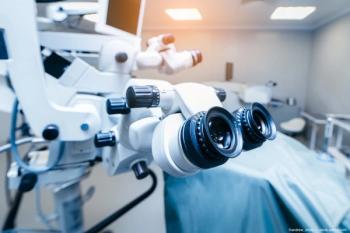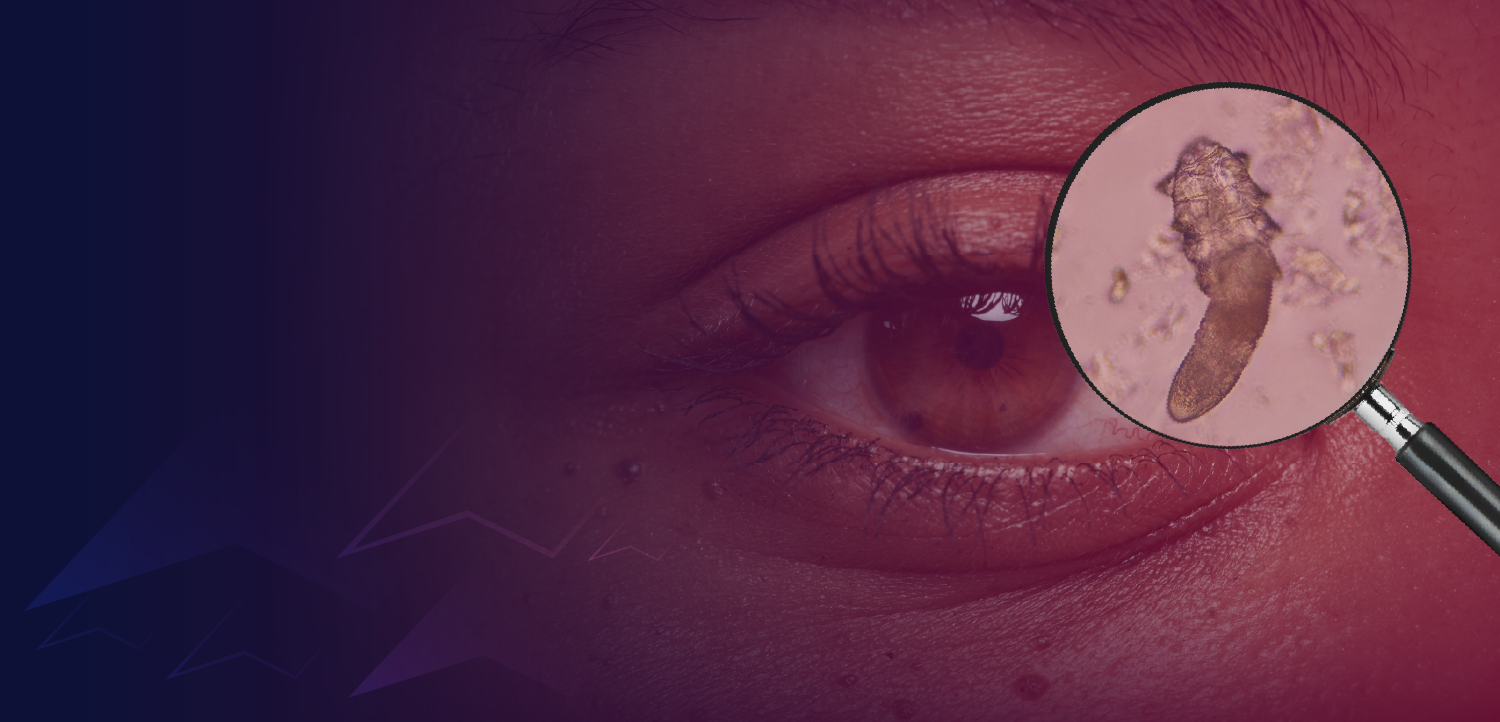
Why the need for glaucoma biomarkers?
hough glaucoma is an optic neuropathy, it is defined by changes in visual field characteristics, explained Jeffrey L. Goldberg, MD, PhD, professor of ophthalmology and director of research at the Shiley Eye Center, University of California, San Diego. And by the time the visual field has changed, the disease has already progressed.
San Francisco-Though glaucoma is an optic neuropathy, it is defined by changes in visual field characteristics, explained Jeffrey L. Goldberg, MD, PhD, professor of ophthalmology and director of research at the Shiley Eye Center, University of California, San Diego. And by the time the visual field has changed, the disease has already progressed.
“We have to focus clinically and in research on the optic nerve itself,” said Dr. Goldberg during the Glaucoma 360 New Horizons Forum on Friday. He spoke at the Glaucoma Research Foundation (GRF) Spotlight presentation, introduced by Thomas M. Brunner, president and chief executive officer of GRF. “Vision loss is due to the dysfunction and death of retinal ganglion cells (RGCs). We need diagnostics with reduced clinical expertise, we need new treatment modalities not based on IOP, we need new biomarkers for clinical trials, and we need new biomarkers to detect the risk of progression.”
Various imaging techniques have been proposed as biomarkers. Pattern electroretinography may be an early marker of progression, but it becomes less useful as glaucoma progresses. Optical coherence tomography may show acute retinal changes as well as changes over time. Scanning laser polarimetry and retinal tomography may be helpful.
“The FDA does not accept any of these because of poor correlation with loss of visual function,” Dr. Goldberg said.
Markers of axon injury and vascular compromise offer more promise. It is possible to measure and assess electrical activity in RGCs. There are distinct and repeatable changes in electrical activity following experimental injury of RGCs. That suggests electrical activity may allow evaluation of the health of RGCs in patients.
Researchers have also found that some RGC subtypes show alteration earlier than others in progression of glaucoma. One or more subtypes may provide early warning of injury.
Adaptive optics may enhance the use of fluorescence angiography to image retinal vasculature and dynamic anatomic changes to retinal nerve fibers that could have diagnostic and prognostic value.
And adding measures of axon mitochondrial activity to images of blood flow may allow a direct assessment of metabolic activity and function to guide clinicians and researchers.
Newsletter
Don’t miss out—get Ophthalmology Times updates on the latest clinical advancements and expert interviews, straight to your inbox.


















































.png)


